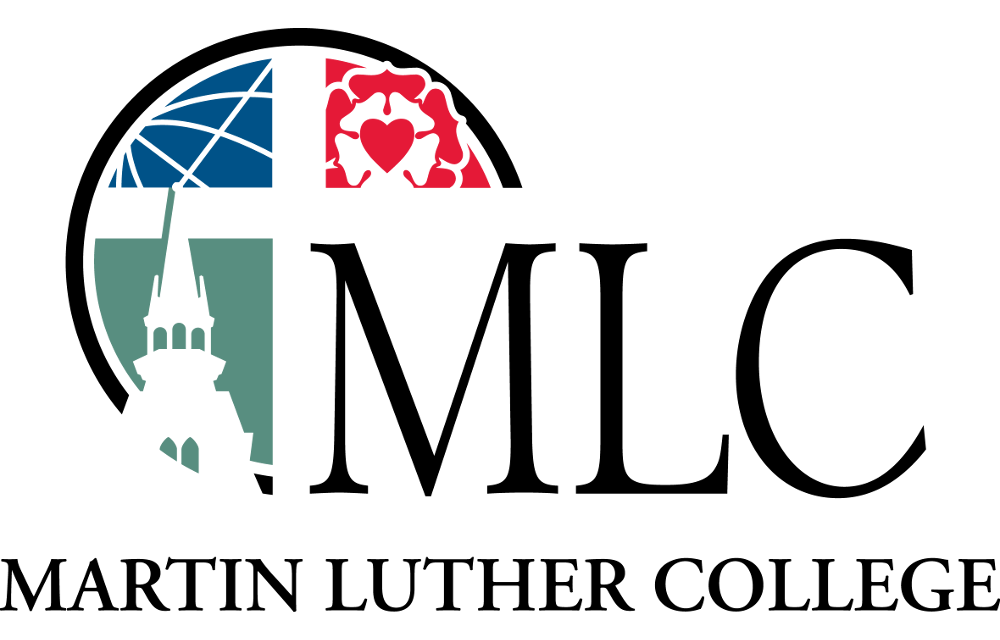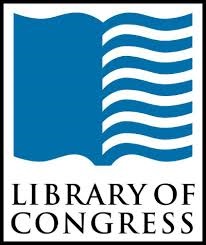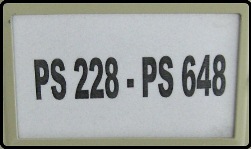The MLC Library uses the Library of Congress classification system to organize our collections. Understanding the LC System makes finding books and media a little easier for the patron.
Listed below are the letters and titles of the main classes of the Library of Congress Classification.
A — GENERAL WORKS
B — PHILOSOPHY. PSYCHOLOGY. RELIGION
C — AUXILIARY SCIENCES OF HISTORY
D — WORLD HISTORY AND HISTORY OF EUROPE, ASIA, AFRICA, AUSTRALIA, NEW ZEALAND, ETC.
E — HISTORY OF THE AMERICAS
F — HISTORY OF THE AMERICAS
G — GEOGRAPHY. ANTHROPOLOGY. RECREATION
H — SOCIAL SCIENCES
J — POLITICAL SCIENCE
K — LAW – WP version
L — EDUCATION
M — MUSIC AND BOOKS ON MUSIC
N — FINE ARTS
P — LANGUAGE AND LITERATURE
Q — SCIENCE
R — MEDICINE
S — AGRICULTURE
T — TECHNOLOGY
U — MILITARY SCIENCE
V — NAVAL SCIENCE
Z — BIBLIOGRAPHY. LIBRARY SCIENCE. INFORMATION RESOURCES (GENERAL)
Understanding Call Numbers and Locating Books
Our library, like many academic libraries, uses the Library of Congress Classification System to organize library materials. When books are cataloged, they are assigned a call number. These call numbers are like addresses, telling you where to find the book in the library.
Call numbers use a combination of letters and numbers to arranged books according to a subject. The Library of Congress Classification System divides areas of knowledge into 21 main classes, assigning letters to each class. For example, the letter K is assigned to Law, so books about Law will be found in the K section of the library. The 21 main classes are further subdivided into specific subject areas, which have also been assigned alpha or numeric codes. Additional codes indicating information about the author and publication year are added to the subject code and you have a call number.
Remember, books are shelved according to a subject and call numbers to tell you where to find the book on the shelf. Read more about how the Library of Congress system works.
Reading Call Numbers
Let’s take a look at how call numbers are composed. Read the call number line by line, top to bottom. This is how the call number will appear on the spine of the book. Note that in the catalog, the call number will usually be displayed as one line: PR 2848 .A2 W47 2007. The call number is the same, whether written in four lines on the side of a book or in one line in the catalog.
|
PR 2848 .W47 2007 |
General Subject
Specific Subject Author Edition date |
|
Identifying the Collection
Before you go to the shelves, to look for your book, first determine in which part of the collection the book is located. If you have done a book search in the MLC Online Catalog, check out the Location in the Call Number/Item display.
Most of our books are located in Stacks, meaning they can be found on the lower level.
Other academic library collections use the same call number system but are located in different parts of the library. The Call Number/ Item display will tell you in which collection the book is found. Collections include:
- Stacks (located on lower level)
- Reference (located on the upper level)
- Oversize (located on the lower level)
- Current Periodical (located on the upper level)
- AV Room (located on the upper level by the library office)
- Children’s Literature (located on the upper level)
- Music Scores and Studies (located on the upper level by the library office)
- Bound Periodicals (located on the lower level)
- Rare Books (located in the library office on the upper level)
- Curriculum Room (located on the lower level)
- Star Books Room (located on the lower level)
Finding Books on the Shelf
Once you have determined which collection your item is located, start by looking for the signage of the section that corresponds to the beginning of the call number. This signage gives the range of call numbers found on each side of the shelves. For example, for the call number PS 234 .A2 W47 2007, go to the PS section. Look at the shelf end cap signage on the sides of the stacks. Next, look in the PS section for the whole number 234. The signage on the sides of the shelves will direct you to the correct row. For example, if the signage on the side of the stack looks like this,
the book will be located somewhere in this row of shelves because PS 234 falls in between PS 228 and PS 648. Use the rest of the call number to locate the book.
Browsing
Remember that books are shelved according to a subject, which means that you will find similar books on your research topic near each other. When you find a book that fits your research topic, take a look at the other books nearby. You might end up with a few more sources!







